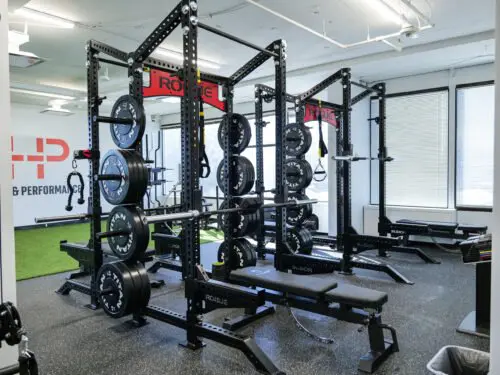Dryland Training: A Swimmer’s Love-Hate Relationship
Dryland training is something every swimmer has a complicated relationship with. However, building strength and power on land is just as vital for enhancing race performance as clocking laps in the pool. Shoulder pain and overuse injuries are the most common issues swimmers face, often limiting their ability to maintain high-level training. So, how can we strengthen our shoulders on land before returning to the water?
Building Shoulder Strength and Resilience
For swimmers, it’s crucial to develop sufficient strength and range of motion in the shoulders to withstand the repetitive demands of a two-hour swim practice. The rotator cuff is key to stabilizing the shoulder during overhead movements and generating power during the pull-down phase. Lift-off drills like this one focus on activating the rotator cuff muscles and building tolerance at the end range of motion. Once comfortable with this drill, incorporating overhead pressing variations and kettlebell stabilization exercises will help engage the larger muscles of the trunk and core, enhancing shoulder resilience.
Developing Full-Body Power
Swimming is a full-body workout, so it’s essential to include elements of full-body power in your dryland routine to prevent injuries during high-speed training or racing. Overhead medicine ball passes are excellent functional exercises that challenge both your overhead strength and full-body stabilization in a dynamic setting. To further simulate the pull-through motion of your stroke, progress to full medicine ball slams—no water required!
